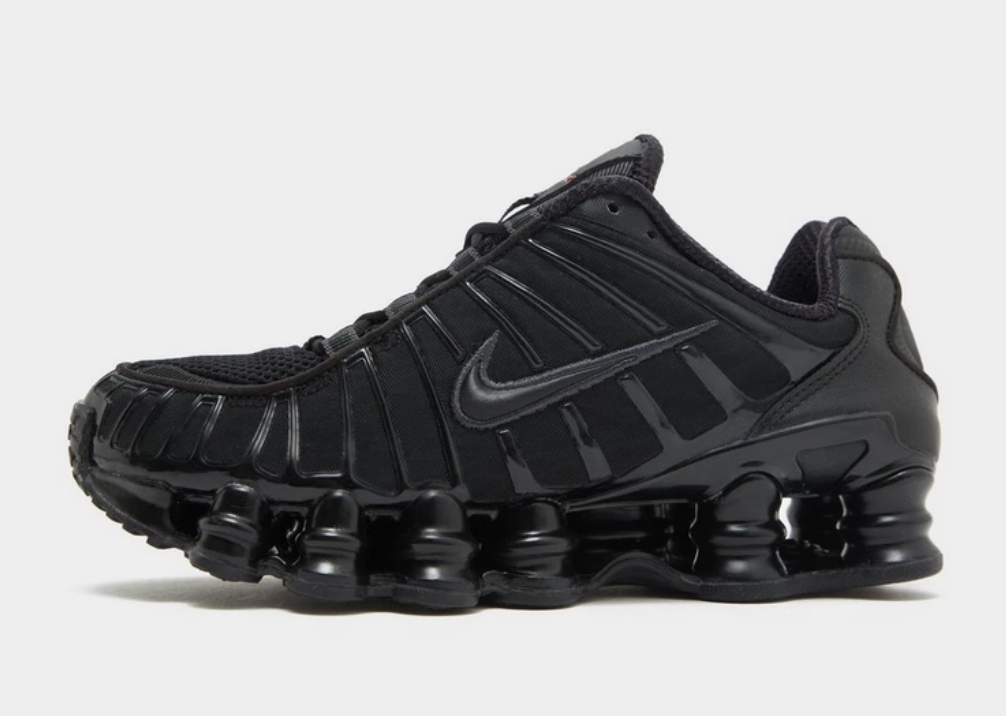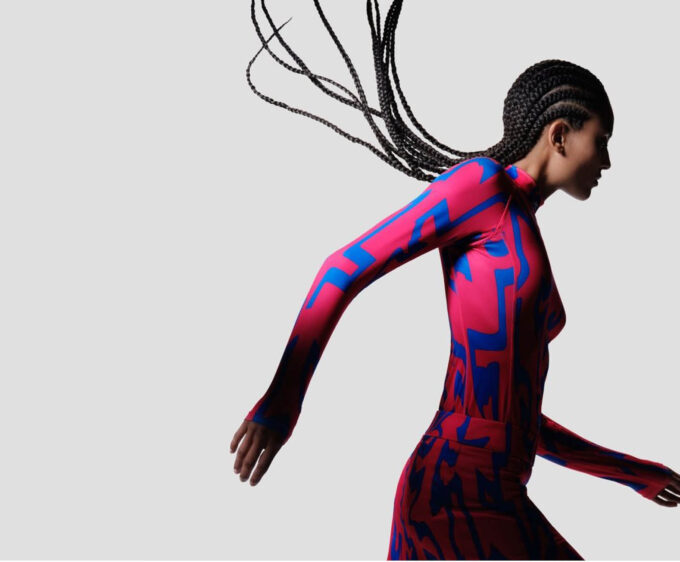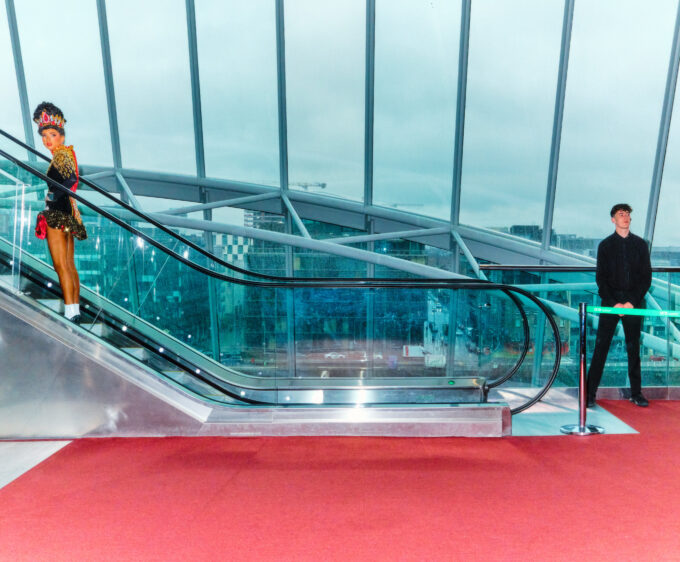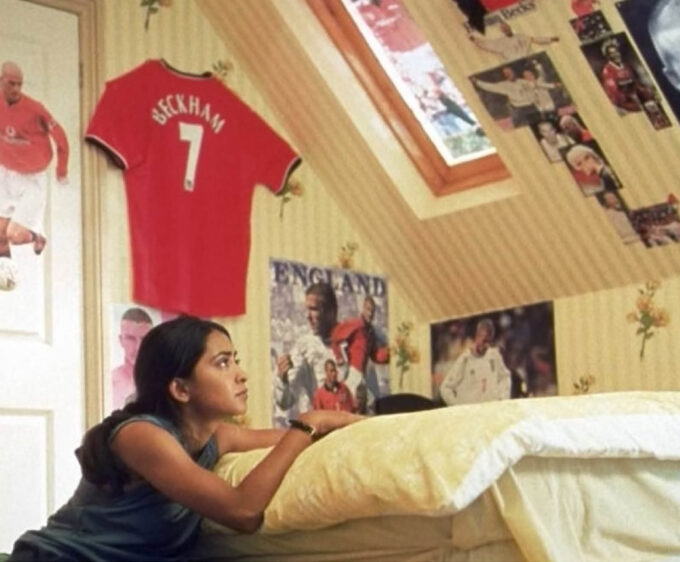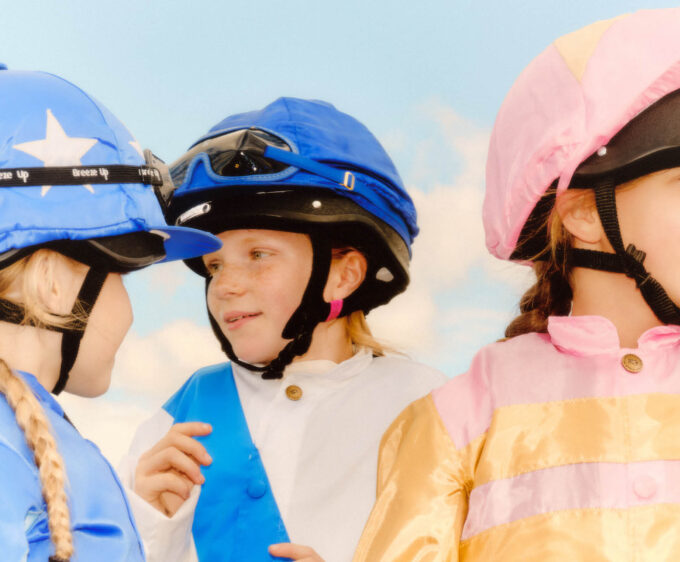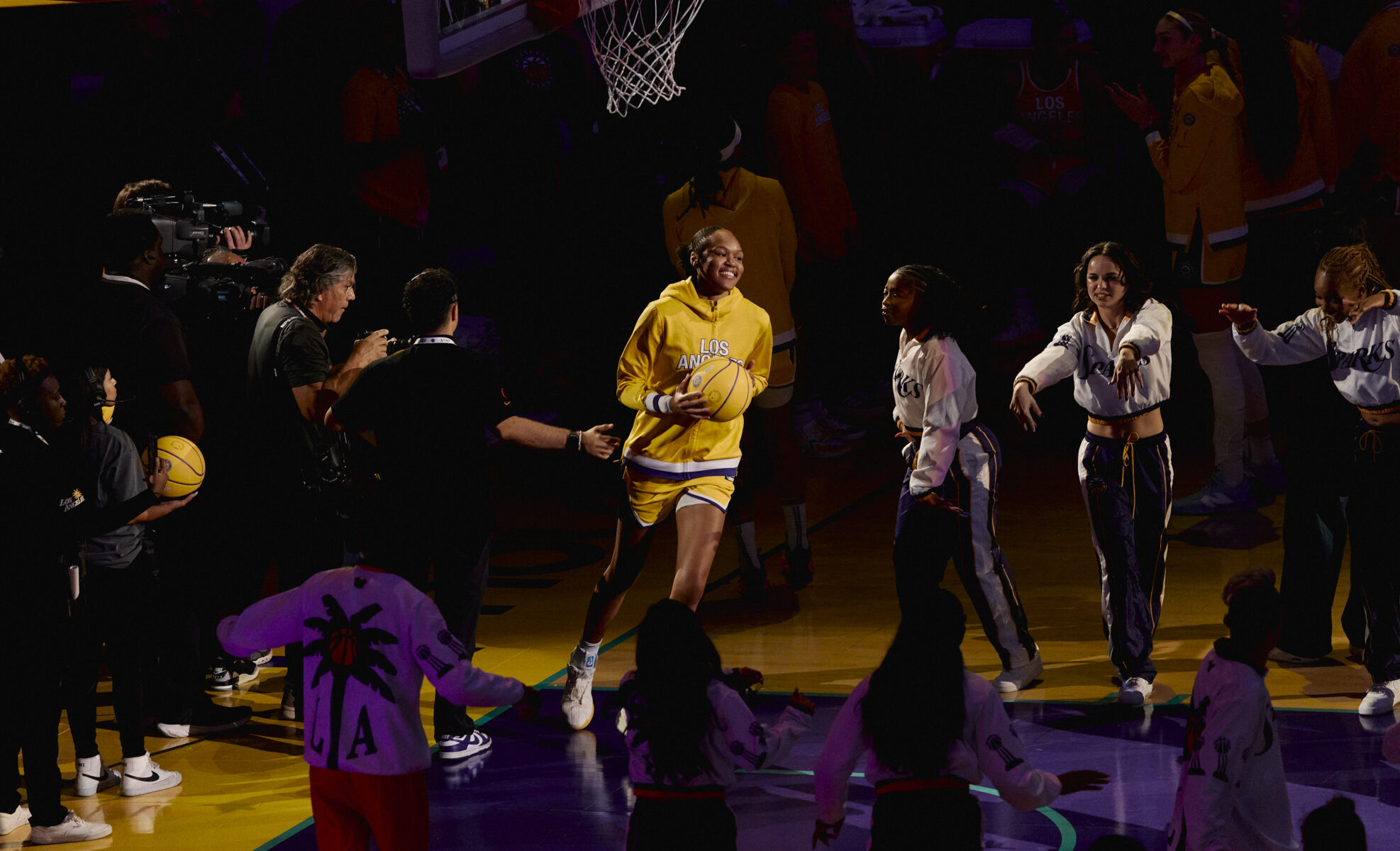
Sparking Culture: How the WNBA Has Become the Blueprint for Modern Sport
Dominique Powers’ courtside view to billion-dollar valuations, this is the story of how the LA Sparks and the league they play for braided community, commerce, and culture into a night out that feels like the future.
By Natasha D
Photography by Dominique Powers
In Los Angeles, basketball isn’t just a sport, it’s part of the city’s DNA.
The obsession runs deeper than Erewhon smoothies and celebrity sightings. It’s in the parks, the driveways, and in the collective energy that charges the air on game night. We knew we wanted to capture that deeper story and understand why the WNBA is topping every women’s sport report right now. So when an email pinged into our inbox from our glorious pal, photographer Dominique Powers, we knew we had to say yes.
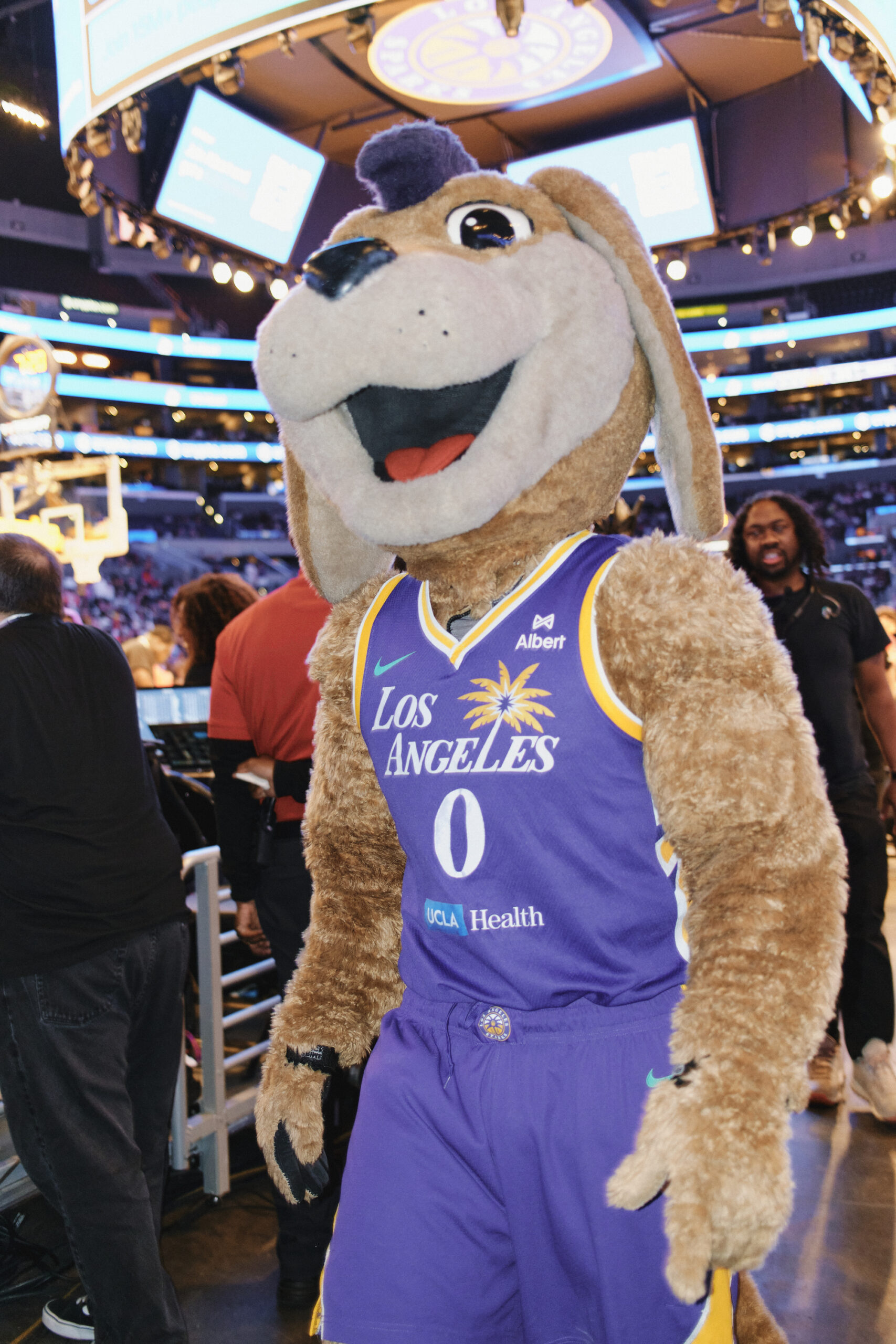
Los Angeles-based photographer Dominique stepped into the Sparks’ final home game of the regular season against the Las Vegas Aces with one goal: to capture what it truly feels like to be there. Not just the action, but the atmosphere. Fresh from the Tour de France Femmes avec Zwift and with campaigns for Nike, Rapha and Adidas behind her, Dominique has built a reputation for framing sport in a different way. Her pictures carry mood and meaning, often more photojournalistic than promotional, shaping stories rather than simply documenting them. What she brought back from Crypto.com Arena was not slick, anonymous stills but the full living swing of a night at the basketball. Ritual, community and joy, the high-fives and the quiet breath before the tip, the bright surges of purple and gold, the sea of fans that can hold its breath like a choir then break into thunder. From commentators and warm-ups to stolen snogs and the odd bloody nose, it is in these messy, honest moments of human connection that you find the true soul of the game.
And if you step back from that storm, the question becomes glaring. How has the WNBA managed to turn this feeling into a blueprint that others keep trying to copy? How do they sell out stadiums for teams like the Sparks and hold that energy week after week in a league where the travel is ruthless and the spotlight can be unforgiving. It looks sudden if you are new to it, but it has been building for years, and the proof is not hiding.
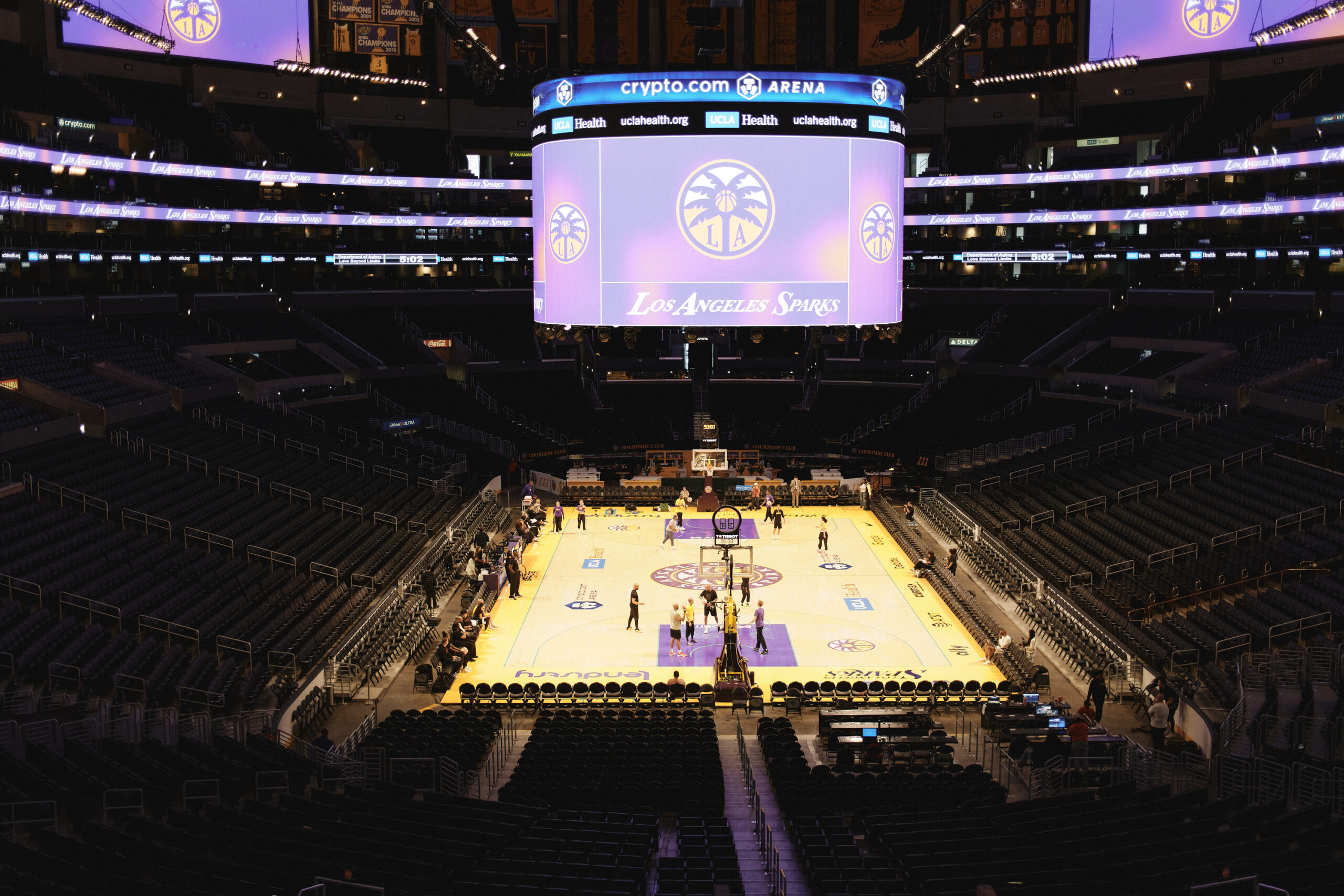
This summer, independent valuations put the average WNBA franchise in the high two hundreds of millions- a jump that would make a fintech blush. The expansion newcomers in the Bay Area, the Golden State Valkyries, vaulted straight to the top at an estimated half a billion. That is not a typo, that is a women’s basketball team landing at a round number that used to live only in pitch decks. Sportico’s analysis pegs the leaguewide average around $269 million this year, up roughly 180 percent on last season, while other lists sit a touch higher. The top line for Golden State sits at $500 million, and the Fever, buoyed by a cultural phenomenon of a guard, shot into the upper tier as well. None of that happens without hard demand, and it has arrived.
What really underwrites confidence is the rights money that starts next season, because that is the lifeblood of modern sport and it is finally being priced like it. The new deal stretches to 11 years and a reported $2.2 billion across ESPN, NBC and Amazon, with more than 125 nationally distributed games each season and an expanded global carve-out through Prime Video for League Pass, which matters if you are watching at 3 am on a sofa in London, Lisbon or Lagos. The gap from the old arrangement is not a step, it is a leap, and it says the quiet part out loud, which is that women’s basketball delivers audiences, sponsors and storylines, and the market has caught up to that truth.
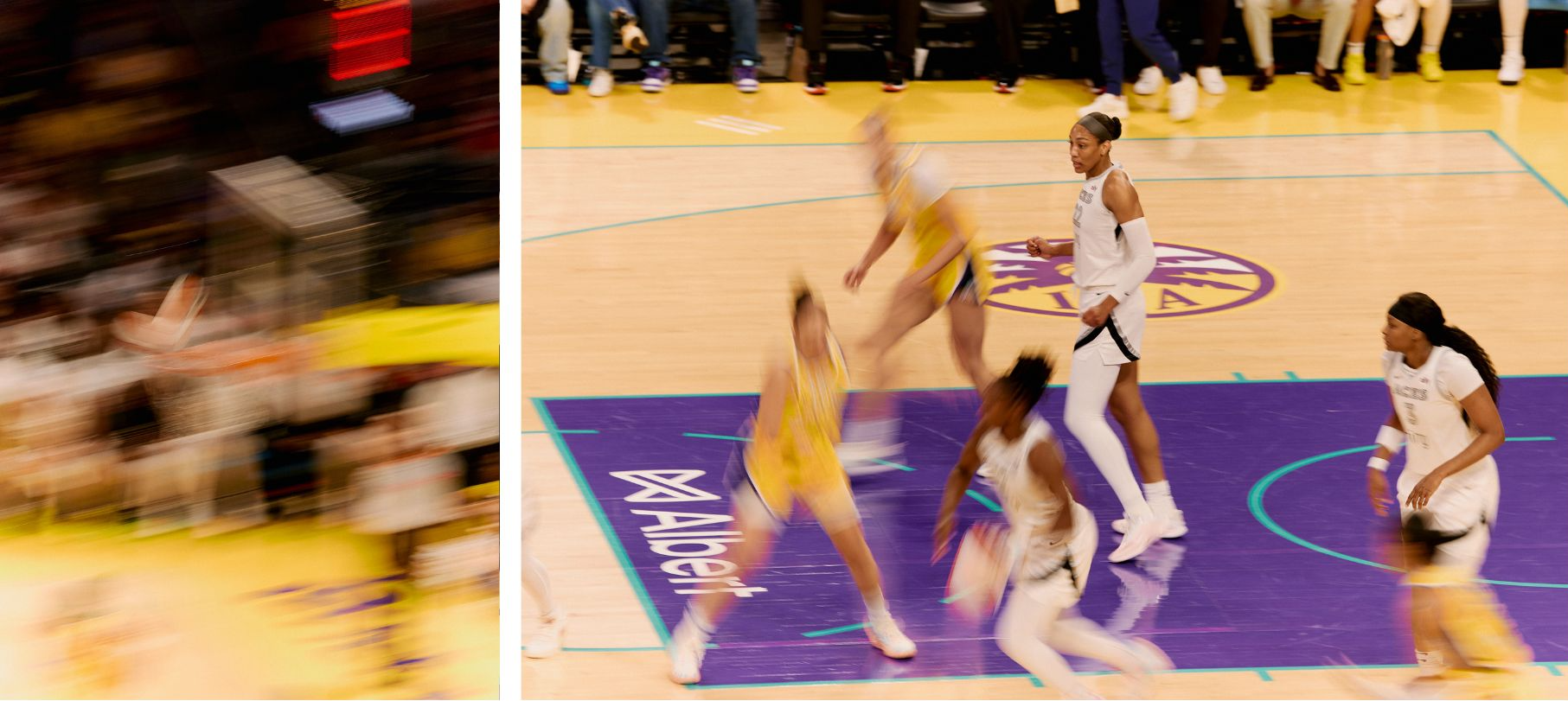
You can see the growth on the court and on the balance sheets, yet the human bit is still the engine. A game has become a proper night out for a lot of people who might have been choosing between a pricey gig, an overpriced bar tab or staying in with the algorithm. The arena gives you a communal jolt you cannot stream through your phone, and for Gen Z and Gen Alpha that matters more than they sometimes get credit for. The data keeps pointing to younger fans who want the live moment, the social clip and the shared story, and they come in through Instagram, YouTube and TikTok as often as they come in through a turnstile. When you add that to a league that pushes behind-the-scenes content, candid locker room chats and short-form tunnel clips, you begin to understand why someone in Manchester can feel as attached to the Sparks as a season-ticket holder in Los Angeles.
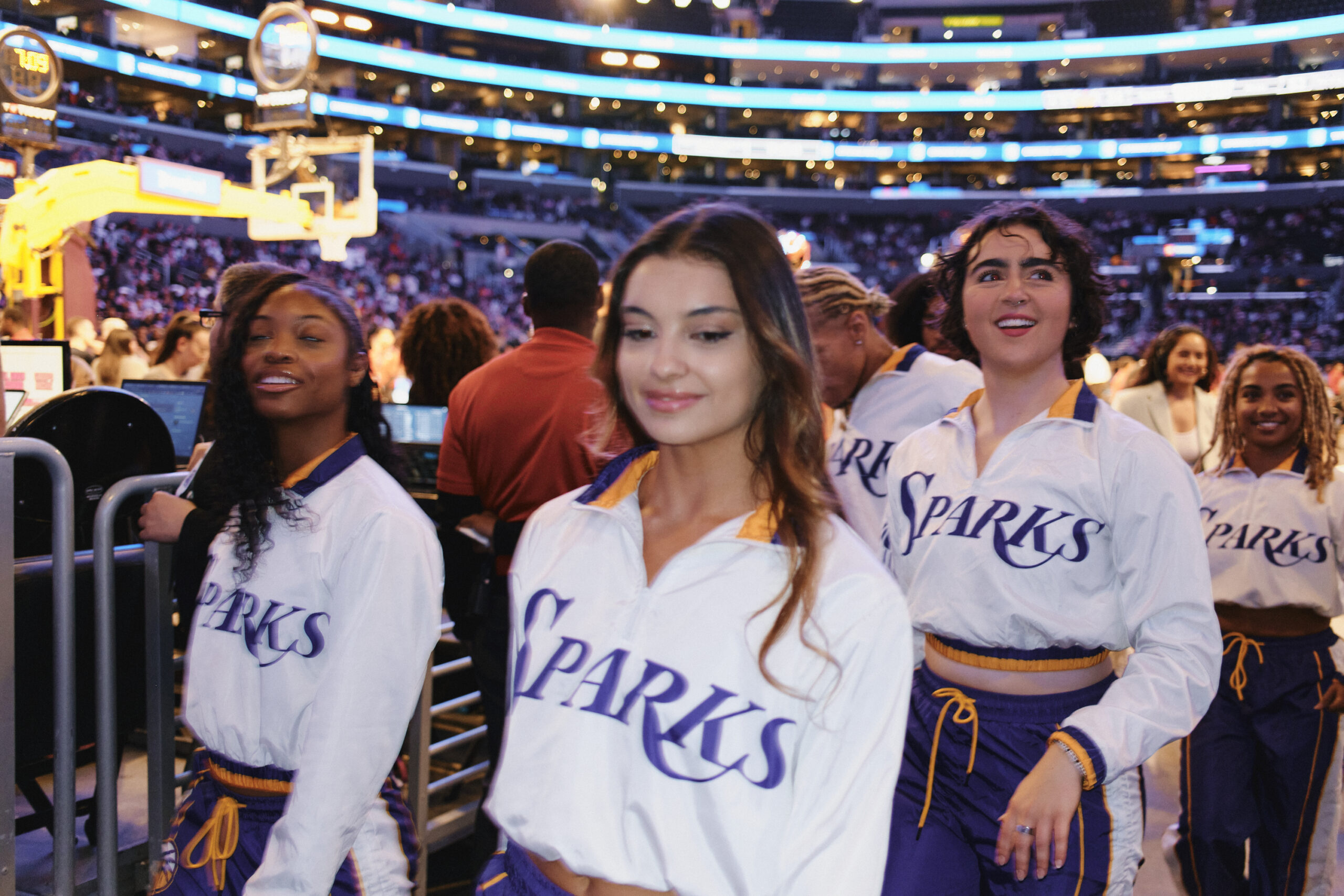
lifeblood
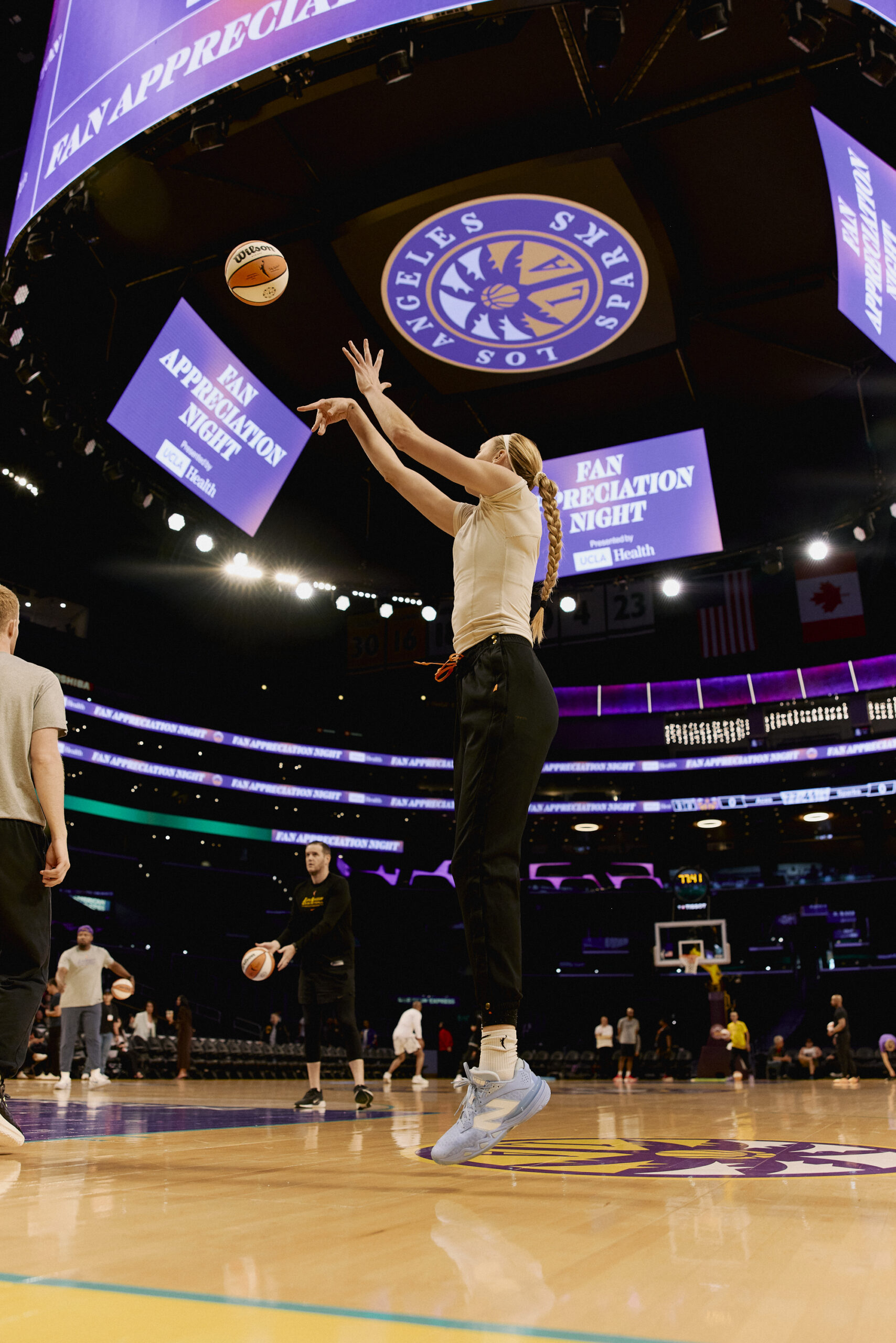
The flip side of a hot ticket is the price, and it has gone up in ways that thrill a CFO and trouble a diehard fan. Secondary-market averages have leapt by forty to fifty percent as demand has outpaced supply. Fans feel proud of the surge but squeezed by it, and the league is still working out how to cover costs without shutting people out. It’s a good problem because the room is full, but it’s still a problem, and it needs care.
The bigger risk in all this growth is forgetting who built the place. As new audiences pour in, the culture has been tested. The Washington Post reported how a sharper, sometimes hostile edge has crept in, both online and in arenas, and it jars with a league that has prided itself on being welcoming, especially for Black and LGBTQ+ fans. The answer isn’t gatekeeping, it’s doubling down on the values that turned curiosity into loyalty and making sure security, moderation and community programmes keep pace with the bigger rooms. That can sound airy until you remember the league is already investing in things that once felt impossible like full charter flights for every team across the season. The details may be technical, but the direction is clear, and it points the right way.
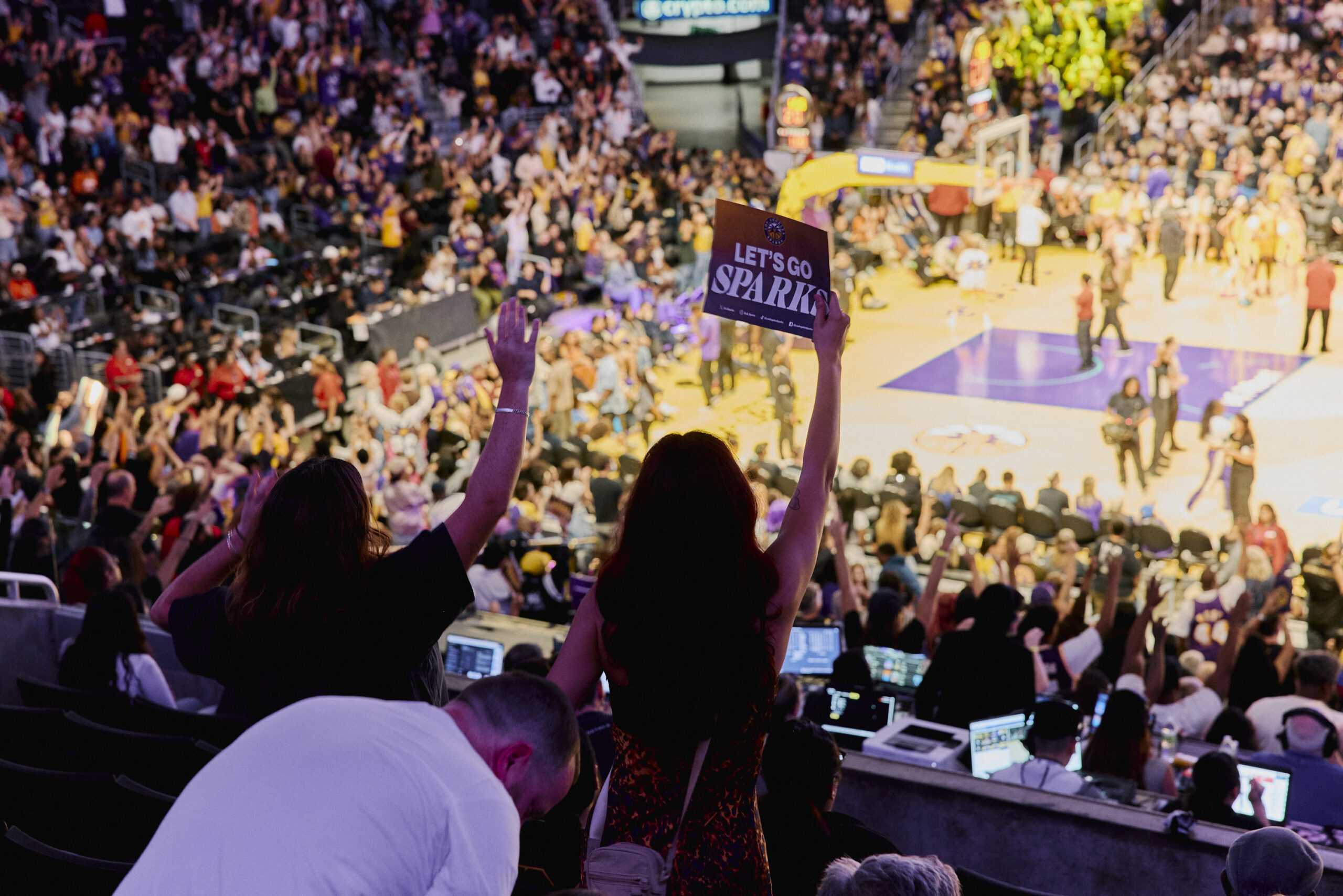
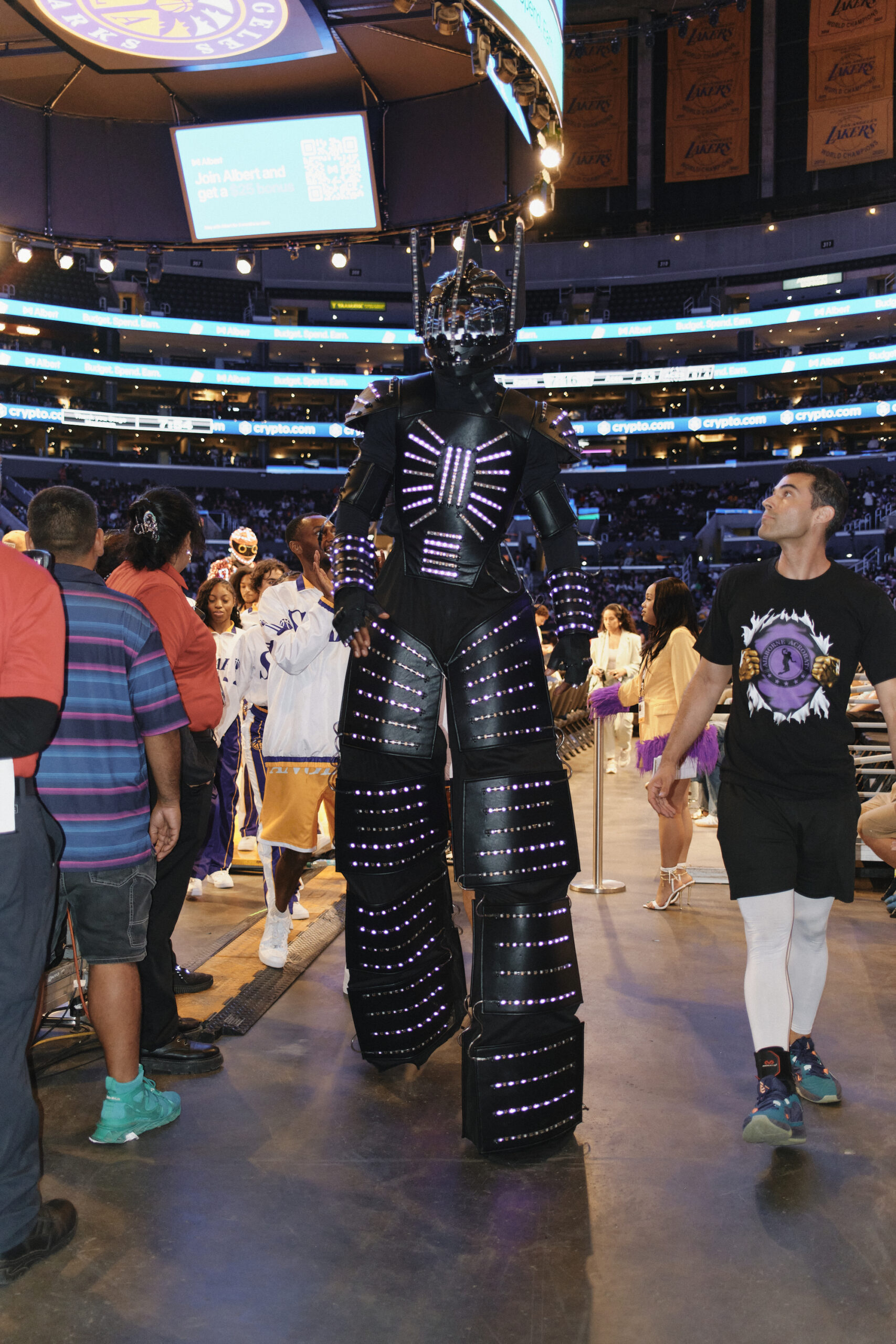
What sits on the Sparks jersey tells you how the commercial mix has shifted, because this is not just fizzy drinks and footwear anymore. In February the club announced an eight-figure, multi-year jersey patch with Albert, a Los Angeles finance app, which the club called the largest partnership in team history and which includes financial literacy camps for local kids. The renewal with Anthem Blue Cross continues a purpose-led run at health equity and community clinics rather than just logo wallpaper. Then in August the Sparks added ORLY, the first official nail partner in the franchise’s history, complete with custom player looks, a courtside Nail Check cam and a limited kit for fans. That is not a gimmick when you look at who is in the seats and what gets posted after the buzzer, and it mirrors a wider shift where beauty and wellness brands are showing up with proper budgets and thoughtful activations.
opportunitY
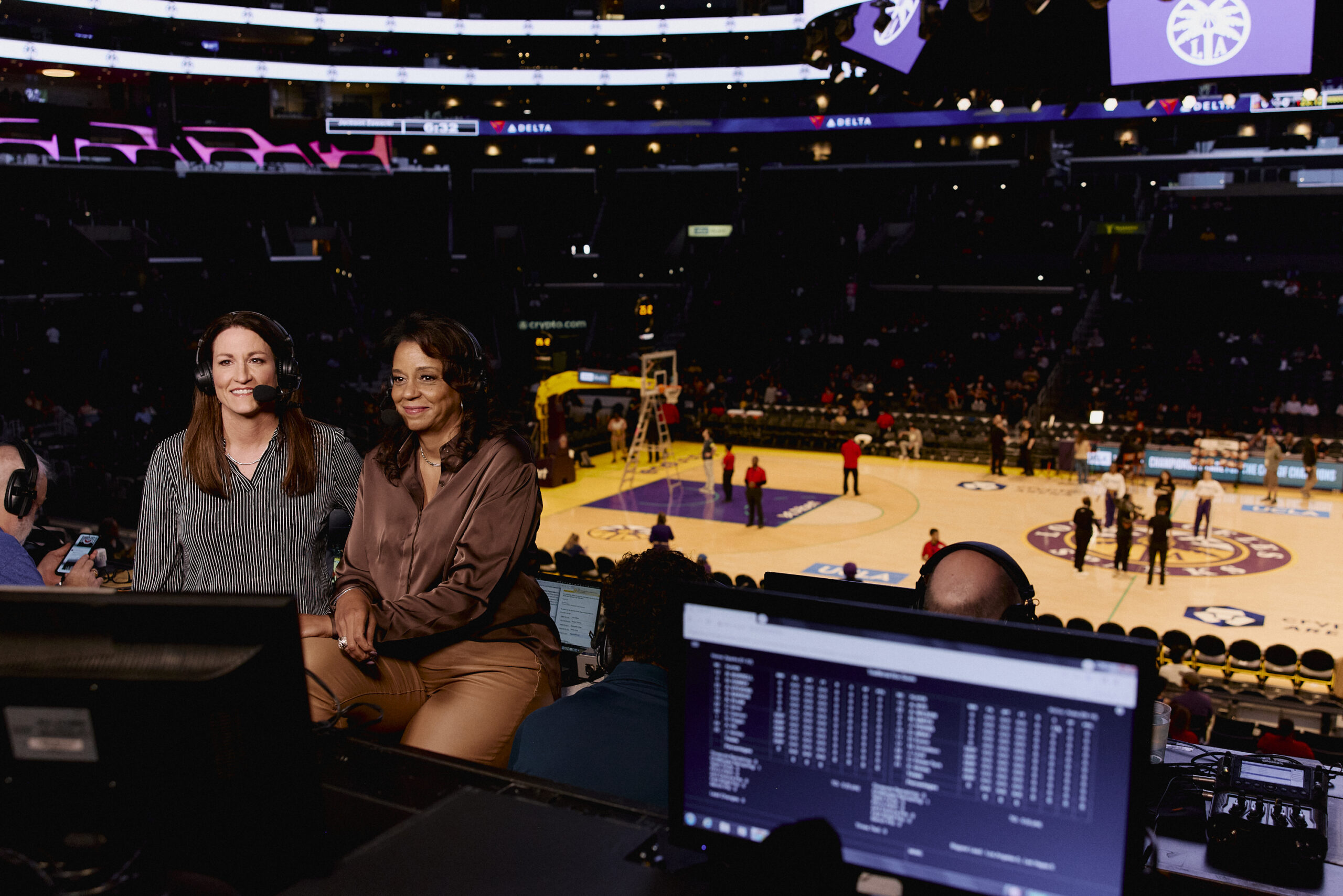
The wider ecosystem looks similar if you step back from one city. Sponsor-tracking studies show women’s sports sponsorships growing at about twelve percent year on year in North America, which is close to fifty percent faster than growth across selected men’s properties. That is not charity, it is return on investment, and it is being reinforced by independent reports that put women’s elite sport north of two billion dollars in global revenue this year, with basketball driving a big slice of that pie. Brands have finally realised that the right presence in women’s sport feels less like a media buy and more like membership in a community, and that level of fit can be priceless.
And it is the players who carry it, as always. The stories land because the athletes do, and the league has made the smart choice to put them centre stage. The tunnel has become a storytelling device of its own, a moving runway that Harper’s Bazaar and others have celebrated, with brands following the cameras into that concrete corridor. The fashion chat does not replace the sport, it reframes the athletes as whole people. That is why their merch ends up in wardrobes instead of memory boxes. You do not need to be inside the arena to feel that link when a pre-game fit or a post-game phone-note can reach seven time zones in an instant.
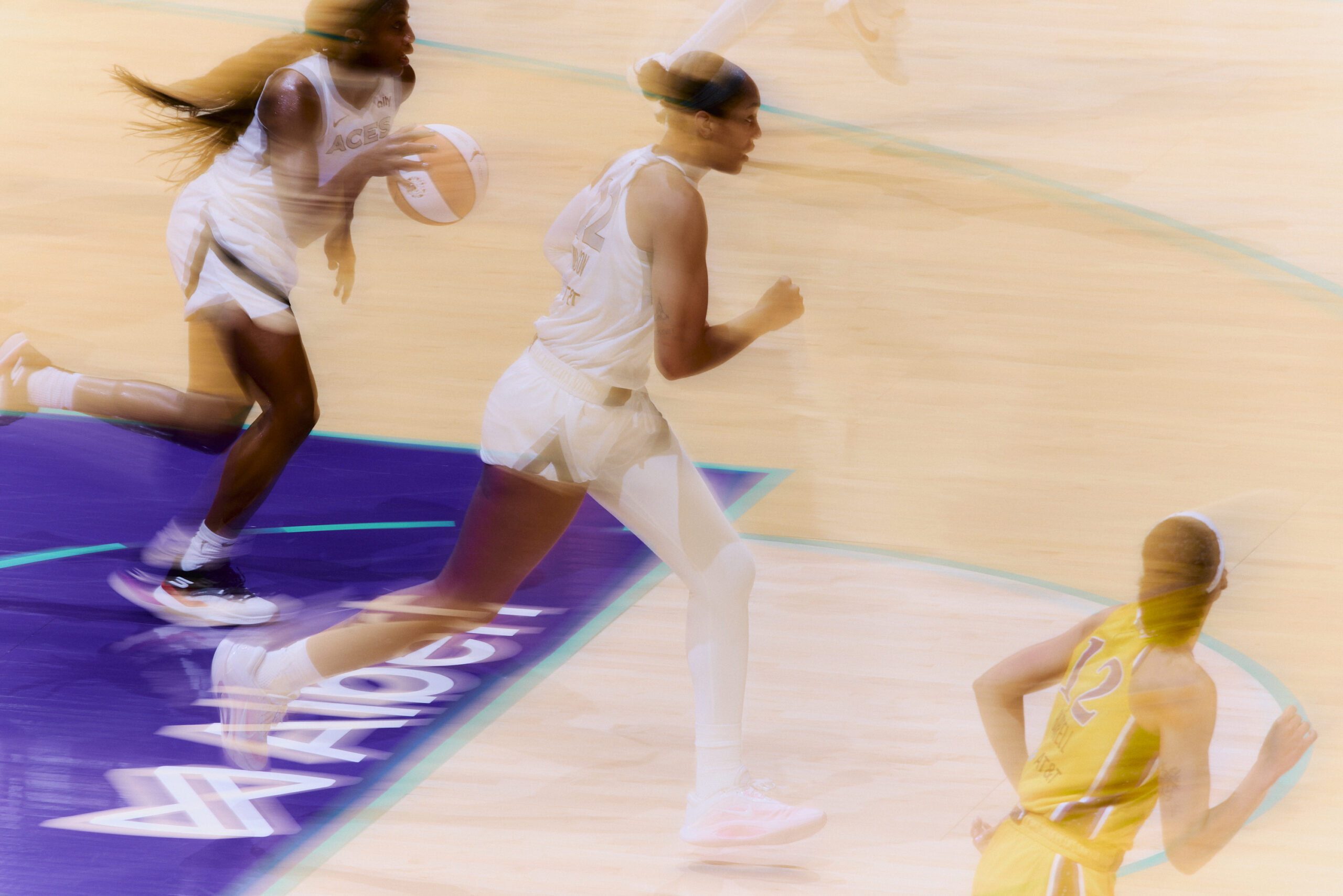
The league has also kept sharpening the product. The Finals expanded to a best-of-seven this year, giving a great series room to breathe and build narrative without everything hinging on one cold shooting night. Ratings have trended the right way too. Even when tweets blur numbers with the women’s college game, the WNBA’s data is strong on its own terms, with last year’s Finals the most watched in two decades and marquee regular season windows hitting modern records. Put simply, more people are watching more women’s basketball across more platforms, and that is exactly what the new rights package is built to amplify.
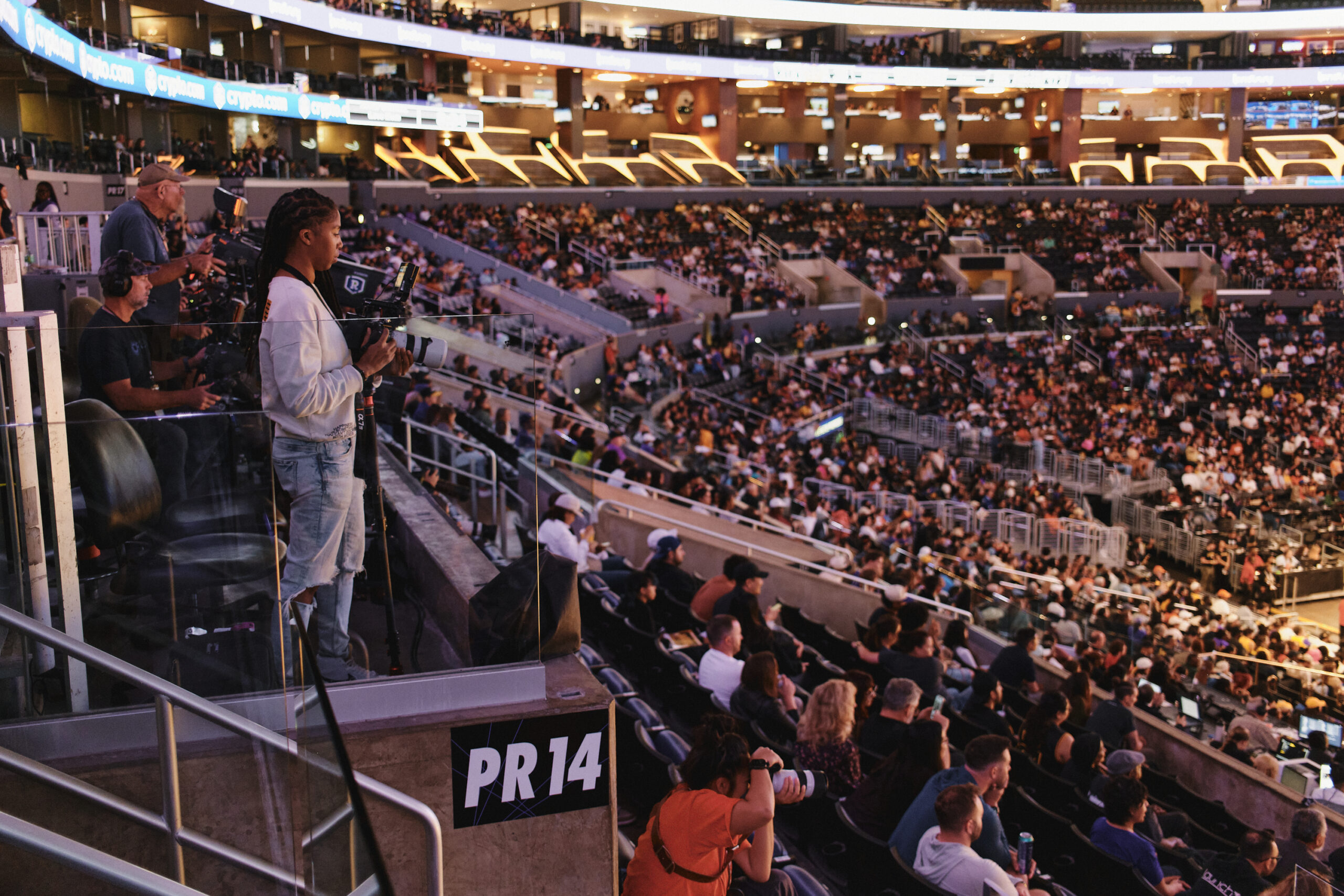
A single game can show you how fast the landscape is changing. The Sparks photographed by Dominique and displayed alongside this piece are a different team to the one that dragged through recent summers. With a rebuilt roster and star names, they have been putting up double-digit improvements and sparking (see what we did there?!) the kind of momentum that makes Los Angeles feel like it is ready to matter again. The Aces may have taken the win, but the tone and the tempo told their own story. You can argue about style points, but you cannot argue with a tide turning.
The fan experience has started to mirror that creativity. Themed nights are not a novelty anymore, they are part of the rhythm, and some of them are a riot, from LA Sparks x Hello Kitty collabs that send the concourse into selfie overdrive to community-led nights that bring local groups into the building and make the arena feel like a town hall with a better playlist. It is corny to say you can feel the room breathe, but on a good night you can.
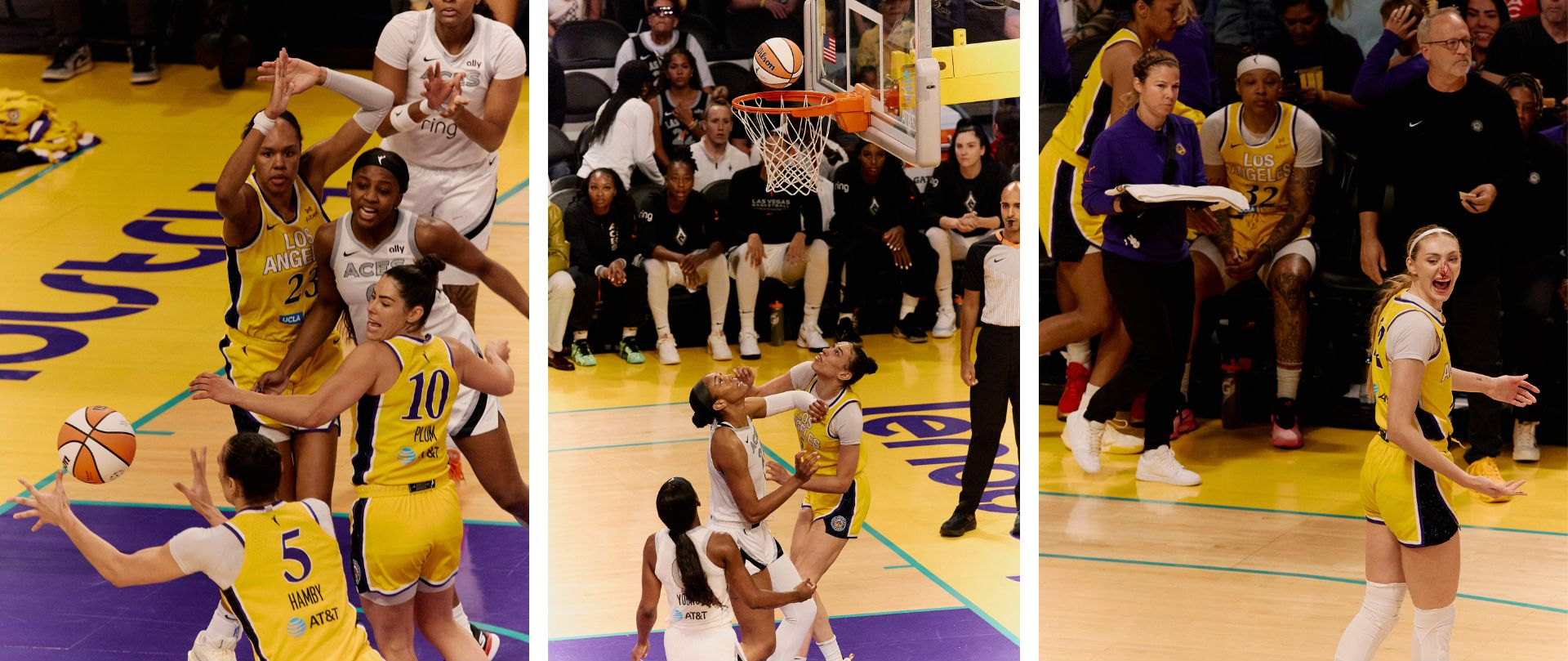
What I keep coming back to, looking through Dominique’s images and reading the numbers whilst researching and writing this piece, is how neatly the Sparks have threaded commerce into culture without letting one suffocate the other. The arena has its own rhythm that stretches beyond the final horn. You see it in the crowds that linger under the bright scoreboard for a last snap, in the parents hoisting kids for the wave, and in the way the concourse turns into a catwalk before warm-ups as friends compare jerseys and swap camera angles.
It is a full circle operation. The league’s investment in its players and its stories has created a legion of fans who drive the business by showing up, streaming, sharing and buying in, and the business in turn funds better wages, wider coverage and stronger game-day experiences.
And for Dominique, the whole thing felt like a reminder of why we keep going back. “It was more than basketball. Being on the court with my camera was a dream, but what struck me most was the joy, the sense of community, and the spirit that connected everyone in the arena. That’s what makes people return, again and again.”
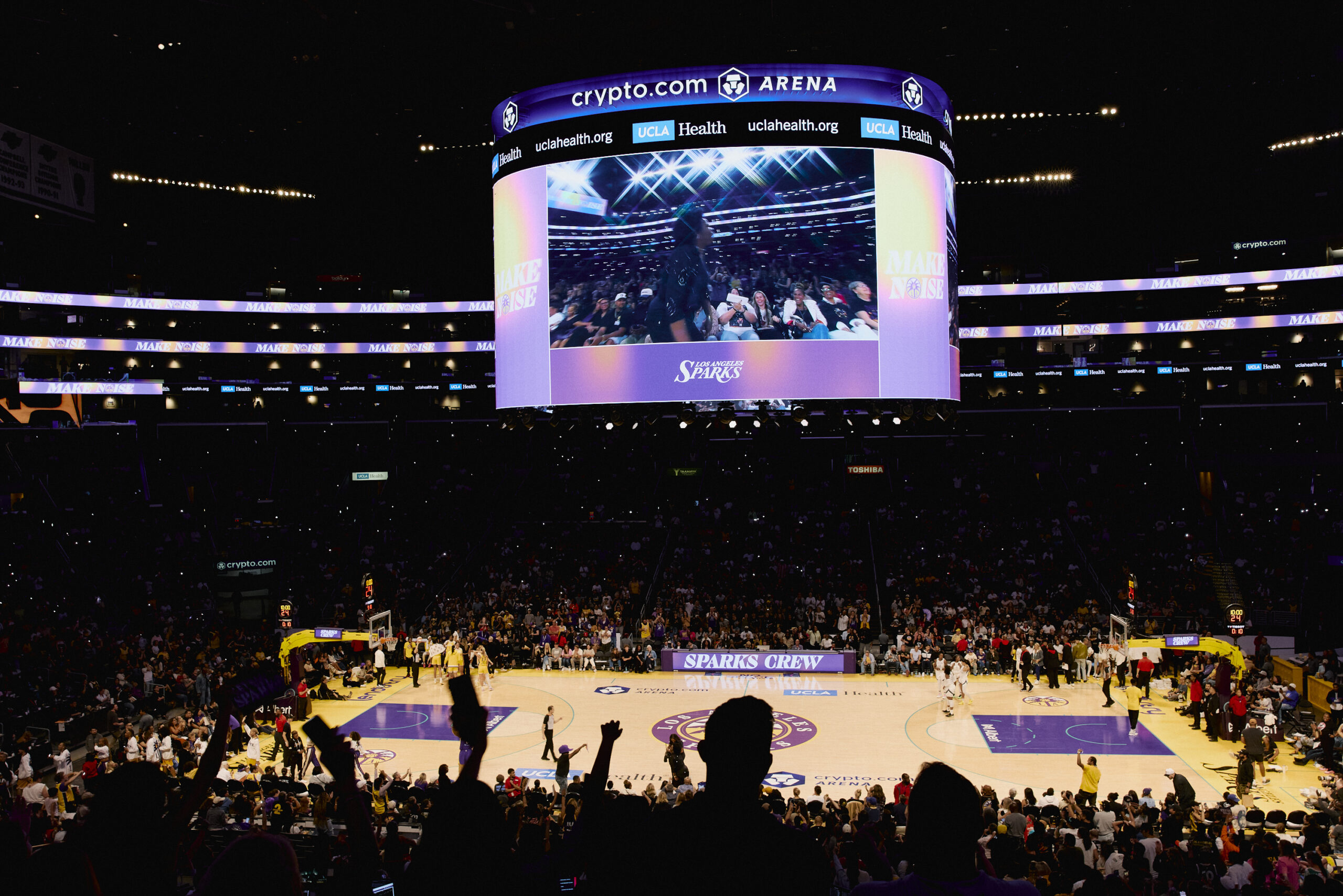
community
And we agree. The WNBA’s rise is not a miracle, it is a series of choices that respect the audience and the athletes. Improve the product. Make it easier to watch. Tell better stories about the humans in the jerseys. Invite brands to add value rather than extract it. Create policies that keep people safe in the building and online. Do that long enough and you earn growth that sticks. The commercial deals with beauty and wellness brands, the ratings bumps, the franchise values, the record sponsorship slates, it all flows from the same place, which is a league that has found its voice and decided to use it.
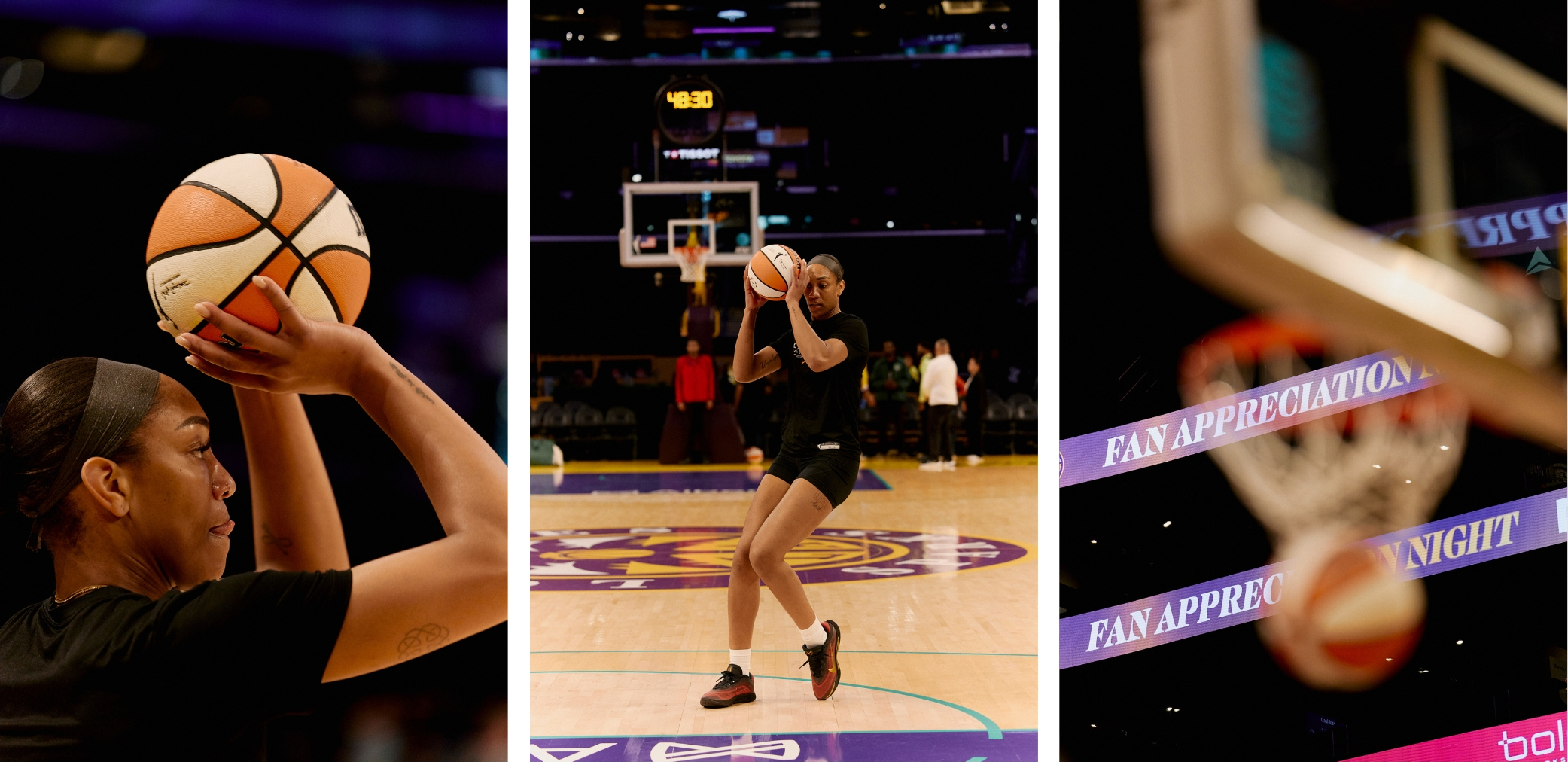
So as other sports wrestle with their own knots, the WNBA stands there, not perfect and not finished, but confident and generous, and that feels like the best place to be. It is a lesson for anyone who cares about sport and for anyone who cares about culture. Build with honesty. Keep the door open. Put joy at the centre and protect the community that shows up to feel it. The rest follows, and if you need proof, you can find it in purple and gold, somewhere between a quiet pre-tip inhale and a thunderclap that shakes a roof in downtown Los Angeles.
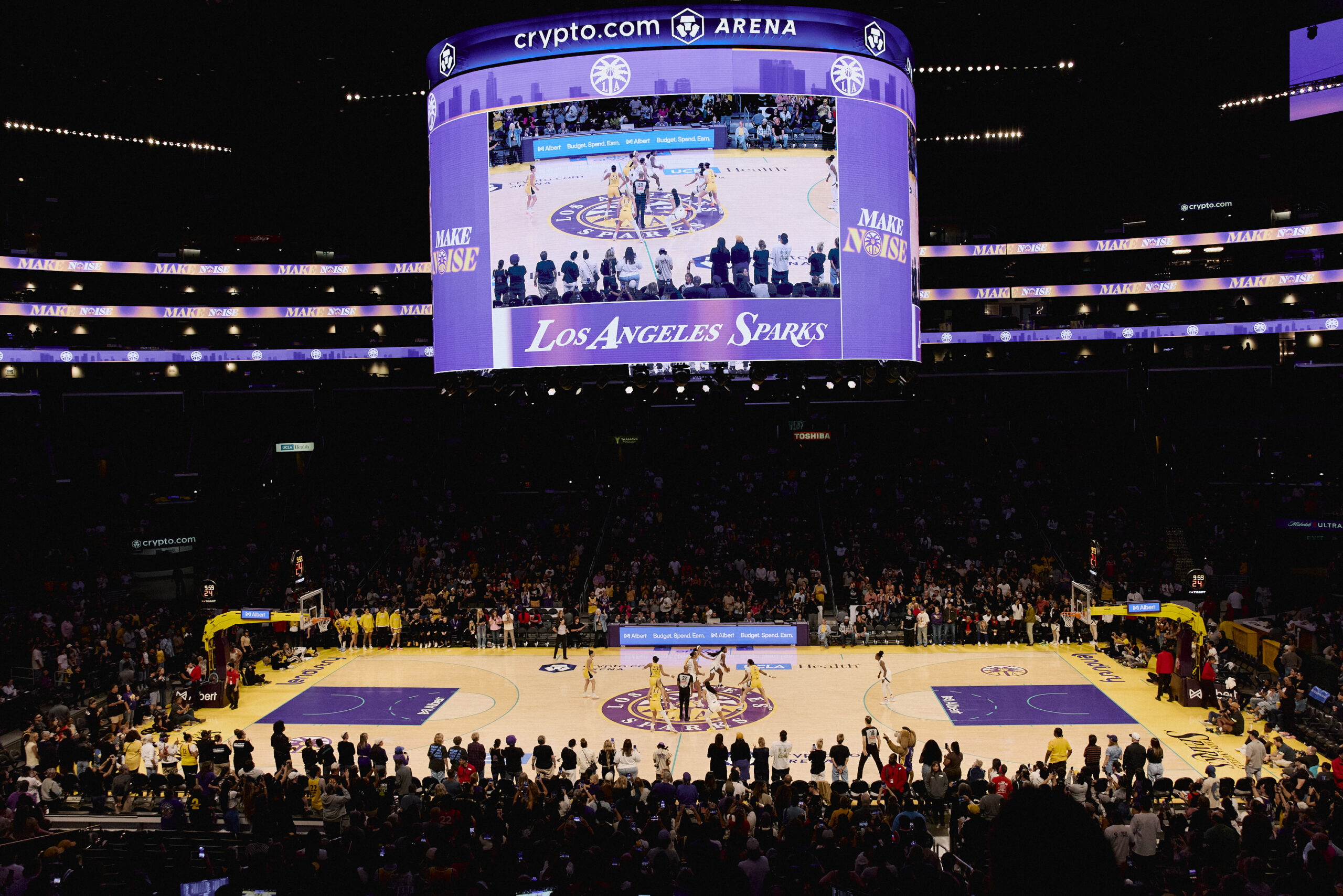
Big thanks to LA Sparks and to Dominique Powers.
